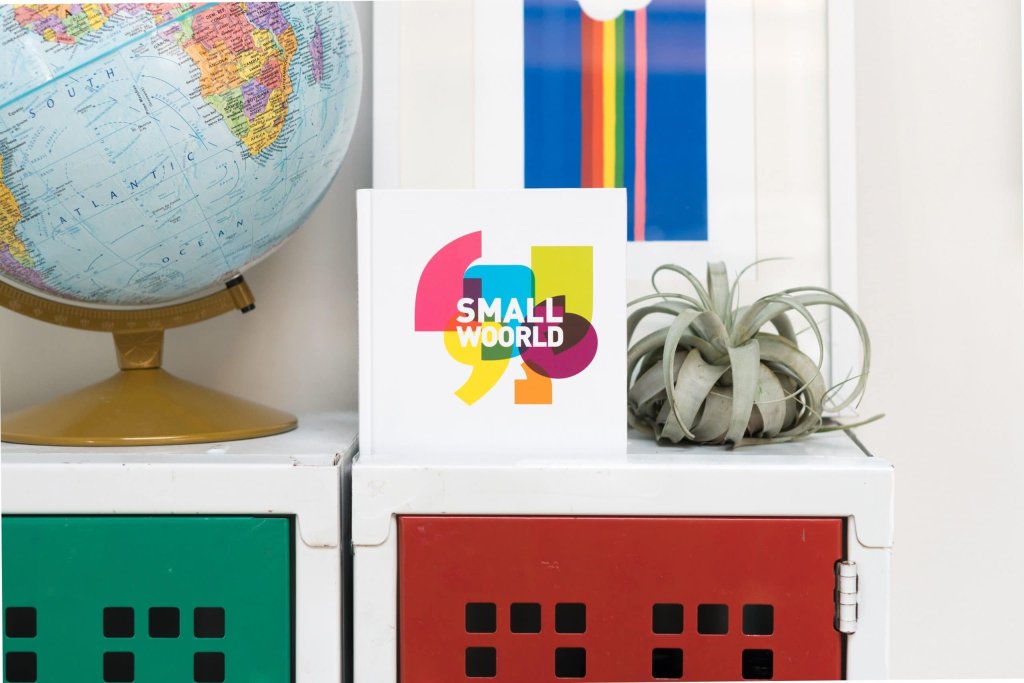
Understanding the New Domain Authentication Requirements: Ensuring Your Email Newsletters Get Through
By Kandace Brigleb
Inbox Alert
Google and Yahoo are updating their email sending rules to work towards the lofty goal of a spam-free inbox. While this sounds beneficial initially, the new rules for email senders—introduced this month—could potentially disrupt your newsletters and transactional email delivery. They could…but they don’t have to! Rather, there are three simple steps you can take to ensure your emails reach customers.
1. From Whence You Send
First off, it is more important than ever to choose a good sending email address. This is because you are no longer able to use Gmail or Yahoo email addresses in the 'from' address of a newsletter or transactional email. That means, if you've been using @gmail.com or @yahoo in the 'from' address of your emails, it's time to make a switch. You'll need to change this email address to a website domain that you own (for us, that would mean making sure that our emails go out from an @needmoredesigs.com email address).
2. The Thrilling Saga of Email Authenticity
Verifying your domain improves email deliverability, reducing the chance of being marked as spam. There are now detailed guidelines on records that should be added to your domain name; both Mailchimp and Klaviyo have recently written about how to update your DNS settings. If you see words such as DKIM and DMARC, you are on the right track. You may even see a handy heads-up when you next go to send out a newsletter.

3. Don’t Make It Awkward
Finally, every newsletter you send needs to have a one-click unsubscribe link. Most newsletter programs do this automatically, but you do want to make sure your emails have this feature and it is easy to find. In reality, it's not just about ticking the legal boxes, it's about building trust and respect in every interaction with your customers.
'Inbox' and You're Out - It's Time to Change!
Overall, these changes from Google and Yahoo might look a bit daunting at first, but they're actually nudging us towards better email habits and a safer, more trustworthy online world. And, they’re relatively easy to put into place. So, if you haven’t already gotten started on them, let’s get this party started.


